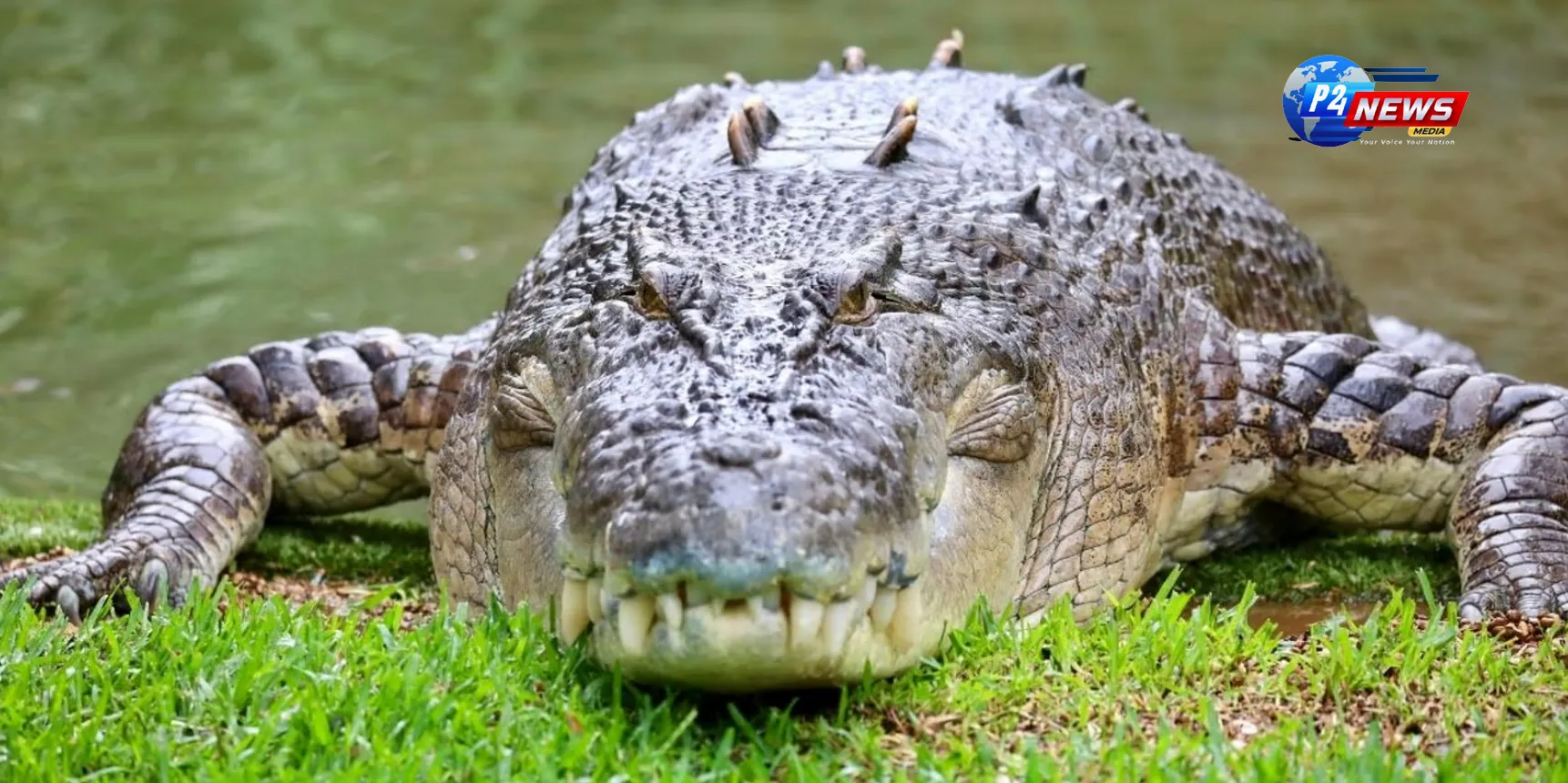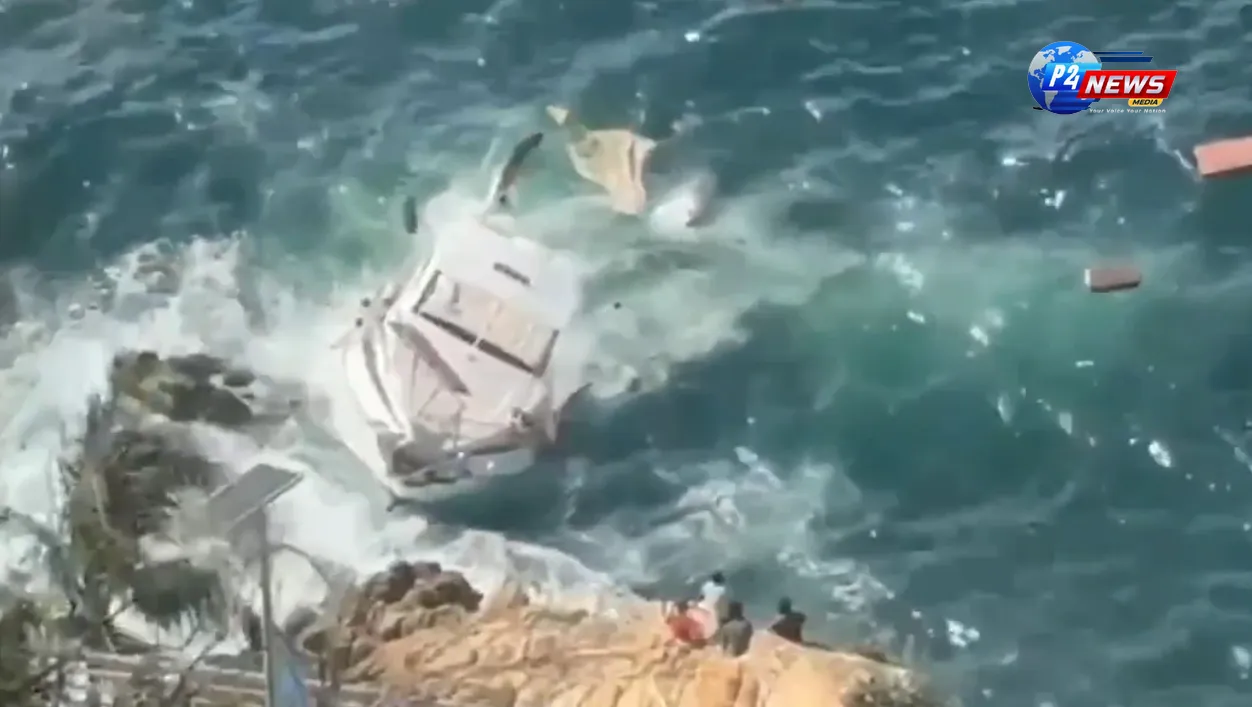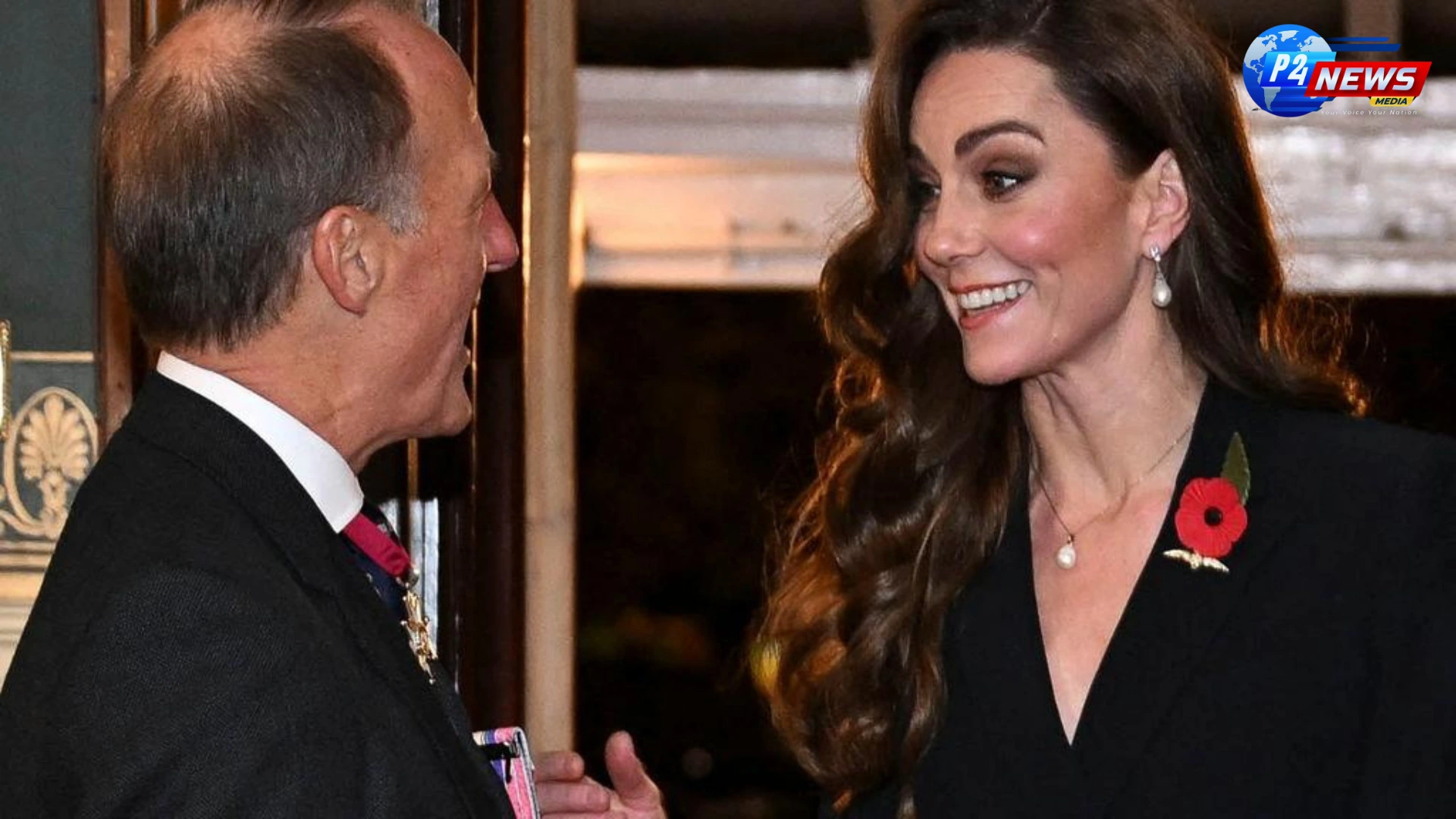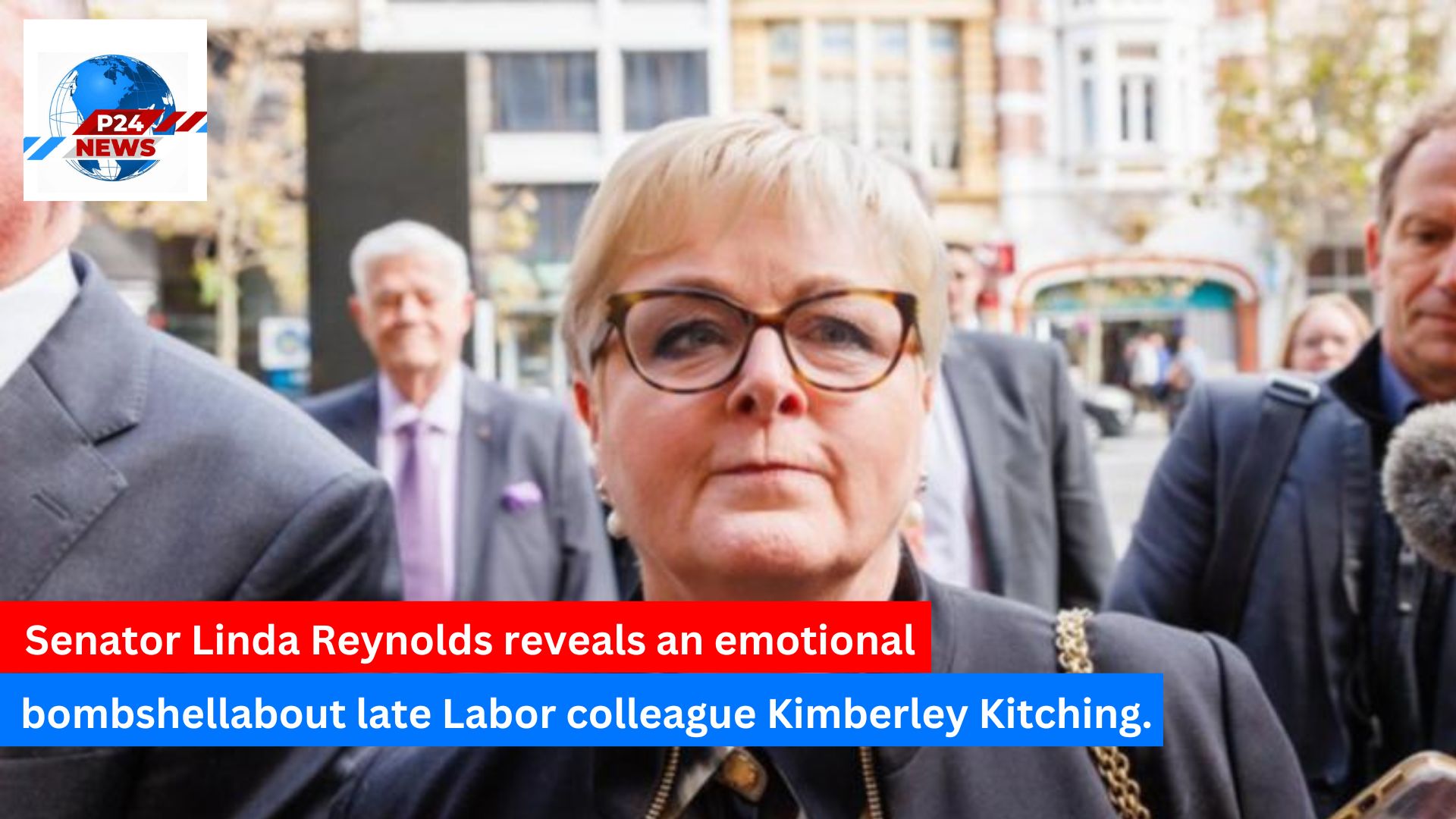Once nearly hunted to extinction in Australia's Northern Territory, saltwater crocodiles are now flourishing. Conservation efforts have led to a significant recovery of their population, highlighting the success of protective measures and habitat preservation.
As the first light of day breaks over Darwin Harbour, government ranger Kelly Ewin finds himself balancing skillfully on a floating trap designed for capturing crocodiles. Above him, storm clouds loom, remnants of a recent downpour. With the boat engine silenced, the area is tranquil, save for the occasional splashing echoing from within the trap. “You get almost no room for error with these creatures,” Ewin remarks as he carefully tries to loop a noose around the thrashing jaws of a restless crocodile.
The Northern Territory of Australia is renowned for its wild saltwater crocodiles, with estimates suggesting a population of around 100,000, the highest anywhere globally. The capital city, Darwin, is nestled along the coast, surrounded by beautiful beaches and wetlands. Residents soon discover that where there is water, there are likely to be crocodiles lurking nearby.
Historically, the unchecked trade for crocodile skins post-World War Two led to a drastic decline in their numbers, bringing their population down to approximately 3,000. However, following a hunting ban established in 1971, crocodile numbers rebounded swiftly. Today, while these magnificent reptiles remain a protected species, their numbers are no longer under threat.
This remarkable recovery has presented Australia with a new challenge: how to manage crocodile populations effectively to ensure public safety and maintain community support. Crocodile expert Professor Grahame Webb emphasizes the importance of public perception. “The biggest risk occurs when people grow to resent crocodiles,” he warns, noting that such sentiments often lead to political figures proposing hasty solutions to what they perceive as the crocodile crisis.
The Northern Territory’s warm climate and rich coastal ecosystems provide an ideal habitat for saltwater crocodiles, which rely on external warmth to regulate their body temperatures. Besides the NT, there are substantial populations of salties in Northern Queensland, Western Australia, and parts of Southeast Asia. While various crocodile species pose little risk, the saltwater crocodile is known for its territorial nature and potential aggression.
Although fatal crocodile attacks are infrequent in Australia, they do occur. Recently, a 12-year-old was tragically taken by a crocodile, marking the first such death in the Northern Territory since 2018. This current season is particularly active for Ewin and his team, as it coincides with the breeding season when saltwater crocodiles become increasingly mobile.
Ewin and his colleagues are out on the water multiple times each week, monitoring the 24 traps set around Darwin. This area is popular for recreational fishing and attracts adventurous swimmers, heightening the need for vigilance. When crocodiles are captured from the harbour, they are often euthanized, as relocating them increases the likelihood of them returning to their original territory.
The Northern Territory government actively promotes the “Be Crocwise” program in schools, educating children and adults on how to behave in crocodile habitats. This initiative has proven so effective that regions such as Florida and the Philippines are considering adopting similar strategies to foster coexistence with one of nature’s most formidable predators.
“Living in crocodile territory means understanding how to protect ourselves around water,” says ranger Natasha Hoffman, who oversees the program in the NT. “If you are out fishing, being aware of their presence is essential. Crocodiles are exceptional ambush hunters, often lurking silently until the perfect moment to strike.”
Presently, large-scale culling of crocodiles is not being considered due to their protected status, which underscores the ongoing need for people to adapt and learn to coexist safely with these ancient creatures.
















Comments 0